|
This week I traveled to central Virginia to electrofish an urban stream. Ordinarily, I wouldn’t be so excited to work all day in a 110° heat index to catch nearly 1,000 minnows, but this stream holds a special place for me. Ten years ago I didn’t know fisheries biology was a thing. And, if you had told me I could (and would) make a career studying fish, I probably would have rolled my eyes and asked if you had too much to drink. That all changed in 2006 when I started my freshman year at Randolph-Macon College and was placed in a class called “Repairing Nature.” The course description emphasized a year-long class centered on understanding the ecological, sociological, and economical requirements for restoring an urban stream. “Great,” I thought, “I’m going to plant some trees.” Boy was I wrong. On the first day of class we took a trip about a mile away to Mechumps Creek, a small stream that flows through my hometown of Ashland, Virginia. Looking at the stream, I didn’t understand the problem. Sure, there was some trash that needed removing, but other than that I didn’t see what needed to be restored. The answer was everything. And, once I realized that answer, my career path was set in stone. Mechumps Creek suffered from “urban stream syndrome.” When it rains in a forested watershed, water slowly seeps into the ground and slowly reaches streams. But, in urban settings, parking lots, roadways, buildings, and other impervious surfaces prevent water from reaching the ground. The water has to go somewhere, and the traditional solution is to channel all of it into storm sewers which then deliver water directly to streams. Typical stream profile for a natural (top) and urban (bottom) stream. In an natural stream, erosion is minimized because, after storms, stream flow slowly increases, tops the banks, and spills over onto the floodplain. In an urban stream, so much water is delivered to the stream so quickly that the stream bottom erodes. The stream continues to erode downward and eventually water can no longer reach the floodplain. 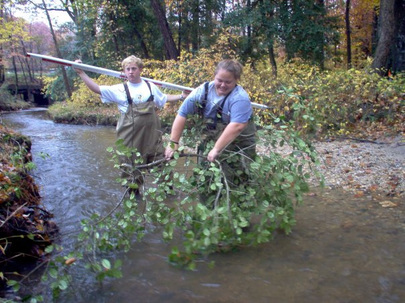 One of the first pictures of me doing fieldwork. My partner is holding essentially a really long ruler and we would walk around the stream surveying various aspects of the stream channel. One of the first pictures of me doing fieldwork. My partner is holding essentially a really long ruler and we would walk around the stream surveying various aspects of the stream channel. Think about that for a second. During a heavy storm (or a hurricane, as central Virginia often gets) all of the rain water from the entire watershed is being delivered directly to the stream. It’s not only tons of water, but it’s also polluted by anything that was on top of the road (often automobile oils and fuel and trash). This change in the timing and magnitude of water reaching streams has devastating effects to the shape of the stream channel. In natural streams, stream flow slowly increases, reaches the top of the channel, and then floods the surrounding land. This “spill over” onto the floodplain, decreases stream flow velocity and minimizes stream erosion. However, when too much water is delivered too fast, stream flows increase so rapidly that they erode the stream bottom. After several years the stream continues to cut deeper and deeper, eventually leaving really high banks. It’s then a positive feedback loop where the stream can’t “spill over” and can only continue eroding deeper (see the above figure for a visual of this effect). Most species of fish and aquatic bugs cannot survive these high flows and sedimentation, and so species diversity drops dramatically. To this day I can’t really tell you why I find urban streams so interesting. But, standing on the banks of Mechumps Creek and hearing that story, I immediately volunteered to spend nearly my entire fall semester with a small group of students measuring how eroded the banks were in Mechumps Creek (because of this work I was asked to join the trout lab, and here I am today….). Our measurements went to an engineering firm, who drew up blueprints for the stream restoration. The goal of stream restoration is to design a channel that will not erode during storms. This is accomplished by literally relocating the channel so that the stream can “spill over” onto a floodplain (hard when the floodplain is where fast food restaurants are located) and placing hard structures throughout that lock the stream in place. All of this is expensive, and it took until 2010 to piece together enough grant money to start restoration in Mechumps Creek. Photos of Mechumps Creek before (left) during (center) and after( right) restoration. One reason the grant application for the restoration was successful was that my professor at Randolph-Macon promised to monitor fish populations and habitat for 10 years to determine if restoration was successful. So, every July, him and I return to Mechumps Creek. It’s a humbling experience to think that my career started there, by accident, 10 years ago. It’s also very interesting to see species that have returned to the stream. While we always caught creek chubs, bluehead chubs, tessellated darters, and bluegill, over the years we have slowly seen the reappearance of mud sunfish, American eels, mudminnows, pirate perch, and this year grass pickerel. There’s another section of Mechumps Creek that is currently proposed for restoration, so I may have more warmwater electrofishing in my future.
4 Comments
Brandi knisley
7/31/2016 04:35:34 pm
Very nice accoun6
Reply
9/19/2017 02:40:11 pm
I am amazed by the wonders of Earth's flora and fauna. Its diverse ecosystem magnifies a kaleidoscope of endless possibilities. That is the reason why I'm always reading articles such as these. As a scientist myself, this adds to the literary collection of scientific research. As I read this article, I felt sad. I knew that this was the result of human activity. Restoring the urban stream is a very tedious work. I wish for its success. Hoping to know the results in your blog soon.
Reply
shruthi
2/28/2023 02:08:04 pm
i loved the explanation. i am working on my thesis about restoring urban streams and identifying the causes for urban stream syndrome and realized that this is what i want to for a long time just like how you felt. how do i get into it full time? any thoughts?
Reply
Leave a Reply. |
AuthorShannon White Archives
October 2018
Categories
All
|
The Troutlook
A brook trout Blog
Proudly powered by Weebly
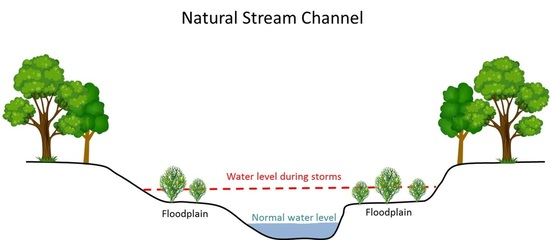
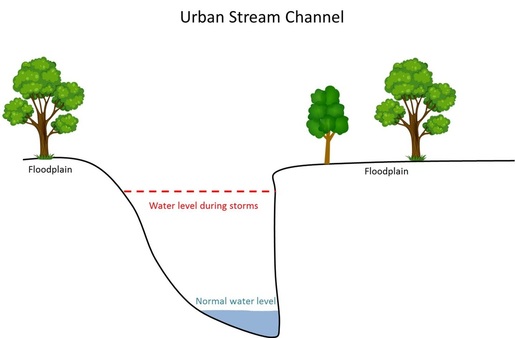
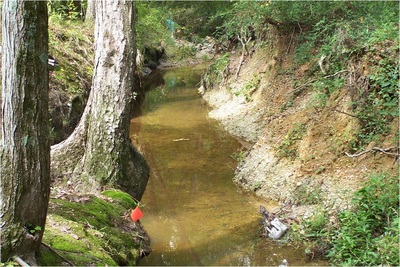
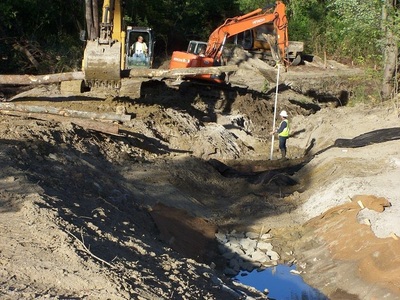
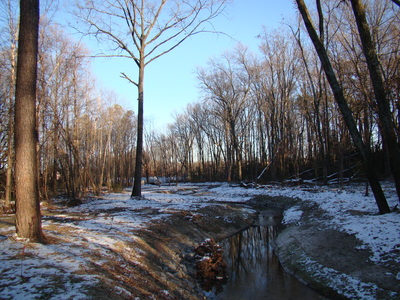
 RSS Feed
RSS Feed